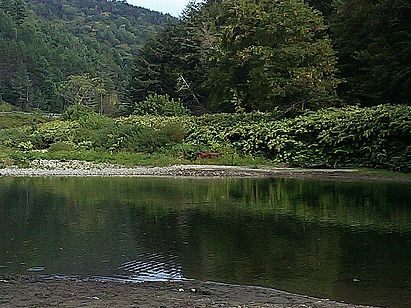Invasive species change not only the look of Vermont waterways and uplands, but also the ecology. Once established, invasive species can negatively impact recreation, human health, and the health of the lake, rivers, soil 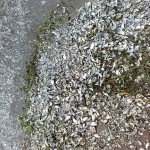 and the surrounding watershed.
and the surrounding watershed.
Invasive species are organisms that have been introduced to a new location that historically were not found there, what separates invasive species from other non-native species is that they cause ecological and or economic impacts. Invasive species reproduce faster than native species, generally have no or lower nutritional value and have no predators within the ecosystem to keep them ‘in-check’. Once established in an ecosystem it is very difficult and costly t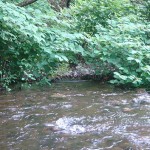 o remove an invasive species. They also may pose a risk to human health through the introduction of new diseases and allergens, impact agricultural practices and livestock production.
o remove an invasive species. They also may pose a risk to human health through the introduction of new diseases and allergens, impact agricultural practices and livestock production.
Human actions are the primary means of introduction of invasive species. That is why it has become overly important to practice proper spread prevention.
Identification and early detection are important to stopping the spread of invasive species into Vermont.
Invasive Species Resources
WNRCD Invasive Species Services. The WNRCD will work with landowners, associations, and municipalities on the identification of invasive species; assist with the coordination of mitigation and removal of invasive species; create maintenance plans, funding acquisition, workshop facilitation, and the create of educational publications tailored to your needs. The WNRCD staff have experience with both terrestrial and aquatic invasive species including: phragmites, knotweed, purple loosestrife, milfoil, zebra mussels and asian clams.
View the list of services here: WNRCD List of Services
WNRCD Educational Factsheets:
Japanese-knotweed (Fallopia japonica)
Vermont Invasives Factsheet on Japanese Knotweed
Bishop’s weed or Goutweed (Aegopodium podagraria)
Treatment recommendations for Bishop’s weed
List of Certified Applicators Invasive Plant Control Contractors
VTRANS Roadside Terrestrial Invasive Plants BMP’s Manual. The intent of this manual is to bring awareness to invasive plants and the role that VTrans can play in limiting the spread of these species along our rights-of-way and into adjacent habitats. The information in this manual is meant as guidance for maintenance and construction personnel, as well as contractors working for VTrans. Unless otherwise required by law, rule or regulation implementation (example, movement/transport/disposal of class A noxious weeds) of these BMP’s are intended to be accomplished to the extent reasonable and practicable.
View the manual here: AOT-OPS_Invasive_Plants
Efforts to Eradicate or Combat The Spread of Invasive Species in Chittenden County, VT report. This report by the Chittenden County Regional Planning Commission gives an overview of the local, regional and state-wide agencies that work to eradicate or prevent the spread of invasive species in Chittenden County. At the end of this document is a list of invasive species currently found in or likely to spread to Vermont, with indication of
whether the species is currently present or likely to spread to Chittenden County.
View the report here: InvasivesReport_ChittendenCounty
The Adirondack Park Invasive Plant Program (APIPP) The Actual and Potential Economic Impact of Invasive Species Report, explores the actual and potential economic impact of invasive species on specific sectors of the economy of the Adirondack Park. Previous research with respect to invasive species has tended to focus on their biology and ecological impacts, strategies to control them, and methods to restore invaded habitat. Consideration of the economic impacts, beyond the direct costs of control, has received relatively little attention though these impacts may be substantial. This assessment focuses on economic impacts.
View the report on here: TheActualandPotentialEconomicImpactofInvasiveSpeciesintheAdirondacksFINAL110414
Volunteer Opportunity
The Vermont Department of Forests Parks & Recreation is seeking volunteers to help map invasive species in their: Mapping for Healthy Forests program.
For more information view the flyer here: CalltoAction-MappingforHealthyForests2016
Useful Links to Invasive Species Resources
Vermont Association of Conservation Districts http://www.vacd.org/landowners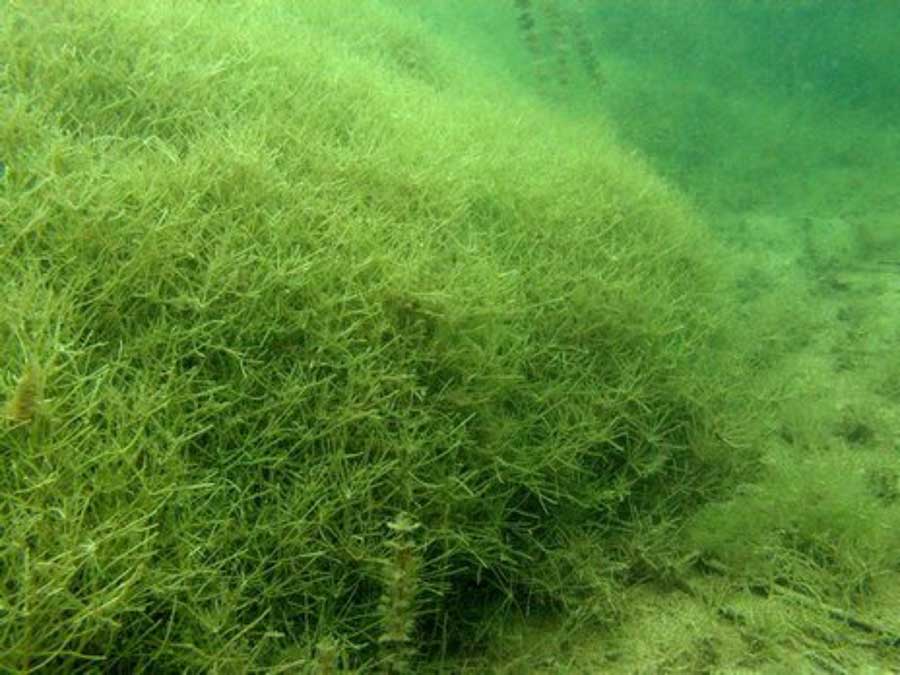
Vermont Invasives http://vtinvasives.org/
The Nature Conservancy http://www.nature.org/ourinitiatives/regions/northamerica/unitedstates/vermont/volunteer/invasives-in-vermont.xml
The Vermont Land Trust http://www.vlt.org/land-stewardship/invasive-species-resources
Vermont Invasive Species Public Map http://imapinvasives.org/vtimi/map/
Agency of Natural Resources http://fpr.vermont.gov/forest/forest_health/invasive_plants
United States Department of Agriculture http://www.invasivespeciesinfo.gov/unitedstates/vt.shtml
Lake Champlain Basin Program http://www.lcbp.org/water-environment/aquatic-invasive-species/
University of Vermont Extension Entomology Research Laboratory http://www.uvm.edu/albeetle/
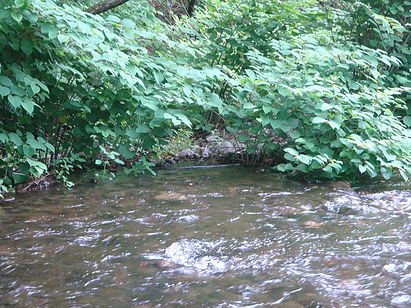
Audubon Vermont http://vt.audubon.org/programs/invasive-species
Watershed Management Division (VT DEC) http://watershedmanagement.vt.gov/wqd_mgtplan/stressor_AIS.htm
Fish and Wildlife http://vtfishandwildlife.com/get_involved/partner_in_conservation/threats_from_invasive_species
Lake Champlain Committee http://www.lakechamplaincommittee.org/lcc-at-work/invasive-species-in-lake/
Natural Resources Conservation Service http://www.nrcs.usda.gov/wps/portal/nrcs/main/vt/technical/ecoscience/invasive/
Lake Champlain Basin Invasive Species Guide http://adkinvasives.com/wp-content/uploads/2014/01/Lake-Champlain-Basin-Aquatic-Invasive-Species-Guide.pdf
Vermont University Extension Master Gardeners http://pss.uvm.edu/mg/archive703/mg/invasives/alternatives.htm

